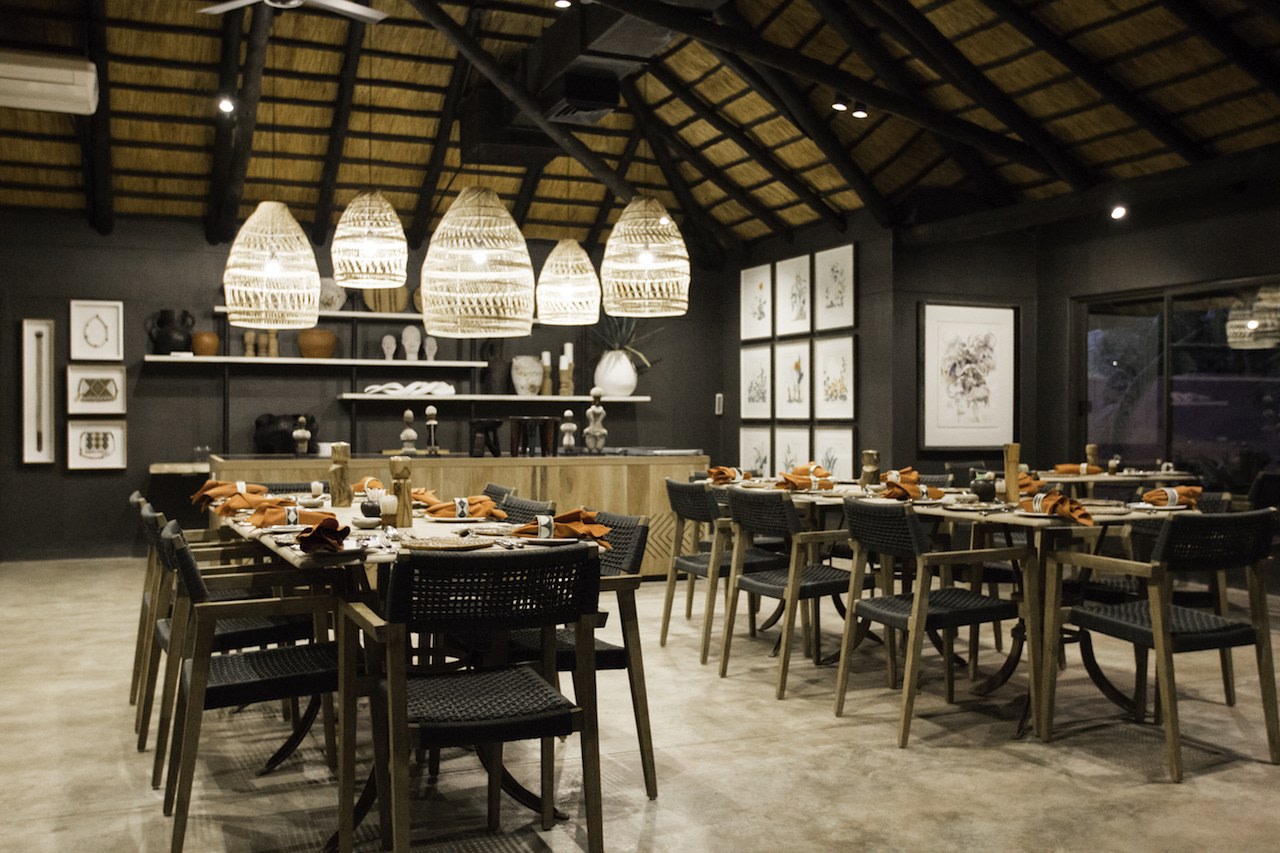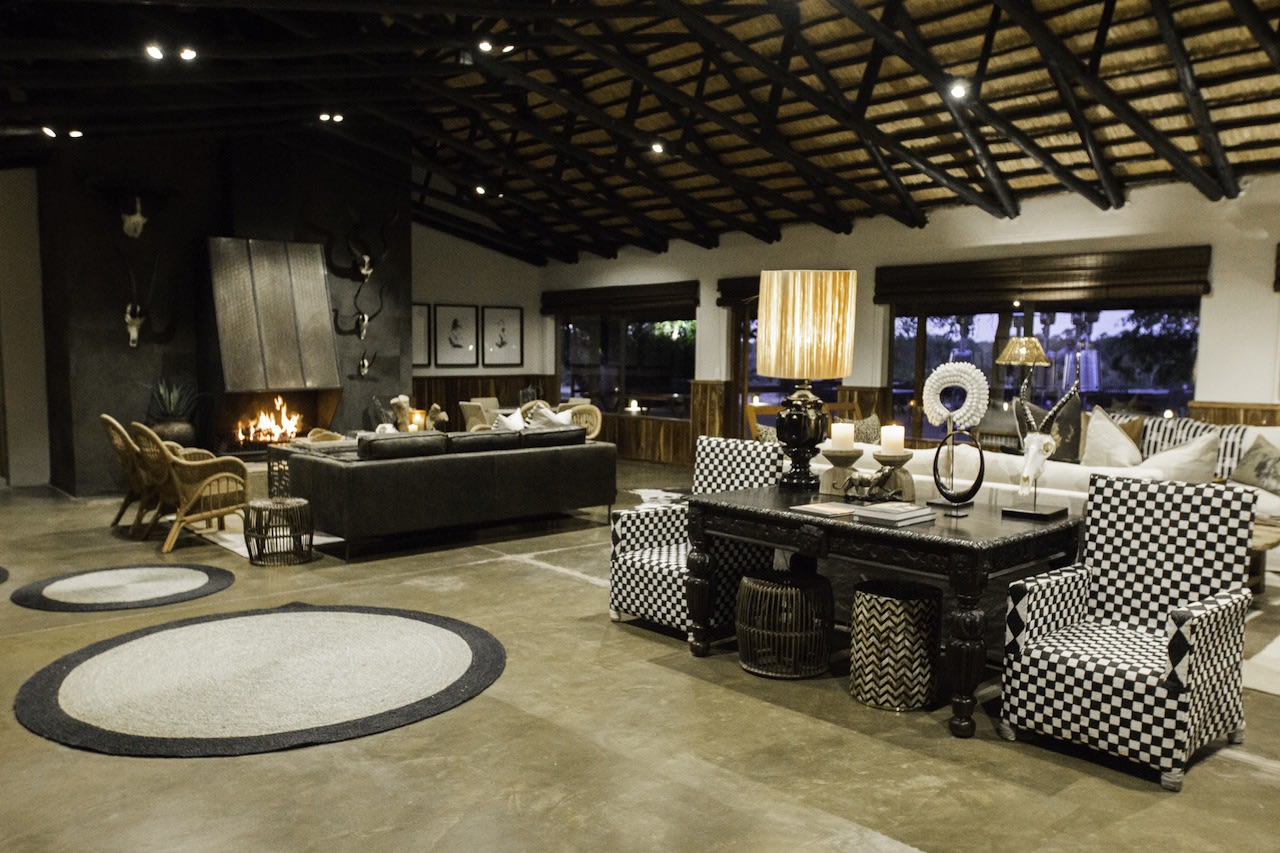The MalaMala Game Reserve is the safari industry’s model for the luxury photo safari. This vast, thriving area, which has existed since 1927, offers the most exciting nature experience on this side of the equator. MalaMala Game Reserve is the largest private Big Five Game Reserve in South Africa. MalaMala covers 13,300 ha and shares a 19 km unfenced border with the world-famous Kruger National Park and is strategically located between the National Park and the Sabi Sand Reserve.
For nearly nine decades, the custodians of this country have focused on preserving and protecting this special piece of Africa. Today, guests experience what the ancestors of the African safari experienced at the turn of the century. This philosophy has paid off, as evidenced by a veritable collection of photojournalists and filmmakers who have made MalaMala their go-to destination for capturing wildlife that would compete with any Hollywood production for thrilling and breathtaking animal encounters. The MalaMala Game Reserve is the first commercial private game reserve in South Africa and the model by which all other private game reserves operate today. A map of the reserve shows the importance of MalaMala’s location in relation to the Kruger National Park. The unlimited eastern border with the Kruger National Park allows wildlife to roam freely on MalaMala, and many of the territorial animals such as leopard, lion and rhino will have an area that overlaps part of the two reserves.
The MalaMala river frontage, which runs from north to south, is the lifeblood of the reserve, especially during the dry winter months. It is also an important boundary between the settlement areas on the west bank of the river and the pristine MalaMala wilderness area on the east side between the river and the Kruger National Park.
When animals move, it is often due to water. Wildlife moves from the 4 million hectares east of the Sand River, via MalaMala to the river and back again, resulting in two-way traffic across the reserve where we conduct our safaris. The land of the east side has no access roads, electricity poles, telephone poles and cables etc. There is no human habitation between the Sand River and the border of the Kruger National Park, so this area is left to wildlife for about 16 hours a day.
MalaMala is the oldest and largest private game reserve in the region. Due to MalaMala’s superior environmental policies over a long period of time, the land has remained fairly undisturbed, resulting in a rich abundance of tertiary grasses. This attracts the herbivores, which in turn attracts the predators.
When grass and soil are disturbed, the resulting grass species that grow first are called pioneer species. Since these grasses have to grow in difficult areas, they are rather bitter in taste and not very tasty. If left undisturbed, several species of grass will grow in this area until the tertiary species eventually grow through. Animals enjoy this sweet grass best and will therefore stay in an area that has the most tertiary grass species.
There is no time limit on sightings, which is an ideal scenario for photographers – no “queue to watch” as this vast area of land has a low density of vehicles passing through the area.



